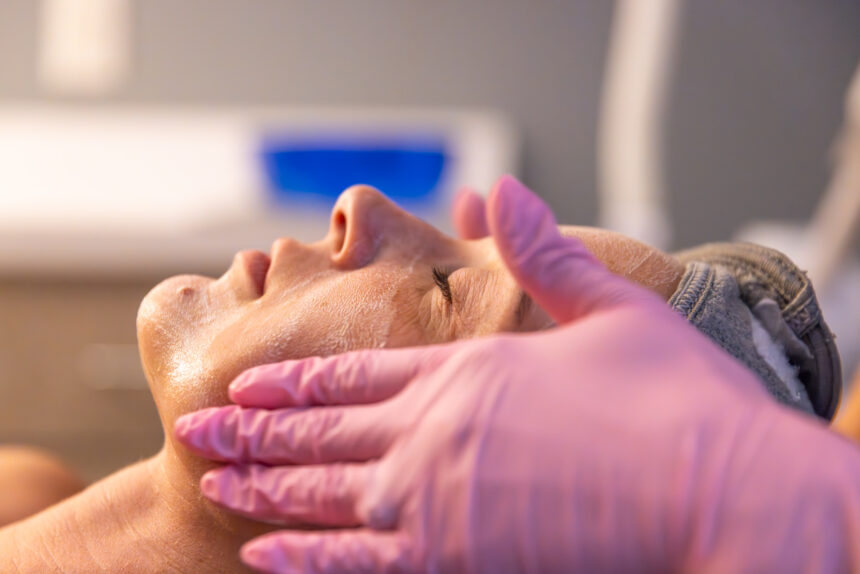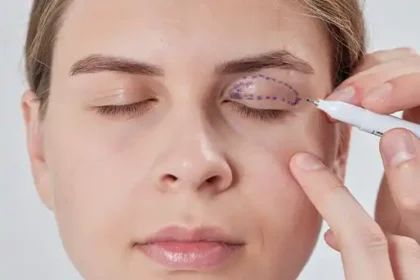Facials provide a structured approach to skin care and maintenance. A typical service involves cleansing, exfoliation, targeted treatments, and hydration. The goal is to support skin that looks refreshed and feels balanced. While no single session changes the course of aging, regular care addresses typical concerns that show up as fine lines, dull tone, and texture changes. Here is how facials can improve your skin:
Skin Is Exfoliated
Dead cells accumulate on the skin’s surface, but exfoliation helps remove this layer using a specialized applicator. With gentle ingredients, a facial can help reduce rough patches and reveal a fresher, more radiant layer underneath. The strength, technique, and timing of exfoliation vary. Since the outer layer acts as a barrier to absorbing products, thinning it allows serums and moisturizers to penetrate more effectively. Gentle methods are usually preferred for aging skin, and treatments are spaced out to allow for recovery. The immediate benefit may be a smoother feel, while a practical benefit is improved product performance during the session.
Impurities Removed
For facials, the skin is cleaned using a vacuum. This process is used to reduce congestion and minimize shadows that can make fine lines look deeper. A clean surface prepares the skin for targeted active ingredients. Carefully removing this buildup helps improve skin texture. The goal isn’t to shrink pores but to create a smoother surface that reflects light more evenly. This uniform reflection often makes wrinkles appear softer.
Elasticity Improved
Because elasticity refers to how skin stretches and then returns to its normal state, therapists use both topical and tactile methods. Massage techniques help move fluids and improve suppleness, while heat-based treatments encourage relaxation, allowing the face to release tension. When tension decreases, expression lines may appear less pronounced, at least temporarily.
Topical ingredients may also contribute; they help the skin feel plumper and retain moisture. Dryness is typical in aging skin, making lines look sharper. Hydration strategies work by drawing in and holding moisture. While no single ingredient can solve everything, a combined approach creates a more responsive skin surface. Over time, routines that protect against UV rays and keep skin moisturized support facial health between visits.
Appearance of Smooth Skin
Short sentences lead here. Texture influences how light bounces. Even light equals smoother-looking skin. To guide that effect, facials exfoliate, decongest, infuse, and seal the skin. The stack matters because each layer prepares the next, which may reduce patchiness. A brightening mask may follow exfoliation, and a hydrating serum may follow extraction; these choices aim to create uniform reflectivity. Makeup also adheres to a refined surface, making daily wear appear more even. Skin with fewer dry edges casts fewer micro-shadows, and those shadows are what make fine lines stand out. While results vary, the path remains practical: improve texture, refine tone, and protect moisture.
Get Facials Near You
Aging is a natural process, and a steady routine helps maintain the appearance of your skin on a day-to-day basis. To explore facials that align with your goals, start with these steps: Identify your top concerns, including texture, dullness, or areas with fine lines. Ask providers about the type of exfoliation, extraction method, and post-care guidance. Book a consultation, discuss your skin history, and request a plan that respects sensitivity and recovery time. Reach out to a med spa, schedule an appointment, and bring your questions so you get a service tailored to your needs.









